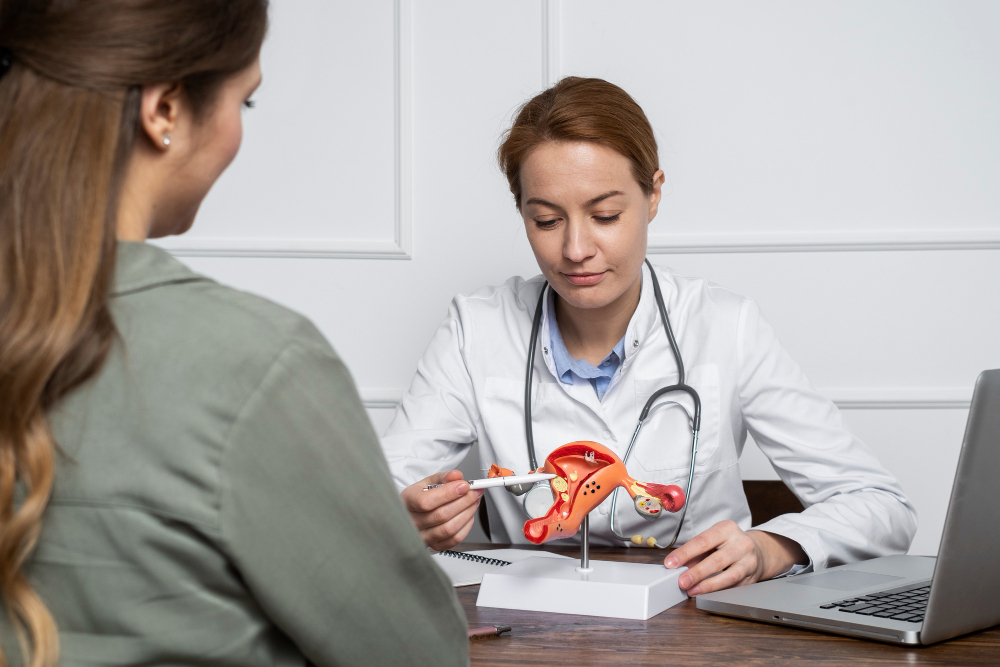What is Lap Cholecystectomy?
Lap Cholecystectomy is a common surgery to remove the gallbladder. Doctors often call it laparoscopic gallbladder removal or minimally invasive gallbladder surgery. In this procedure, surgeons use small cuts and a camera to take out the gallbladder. Because of this, patients usually heal faster and feel less pain than with open surgery. The gallbladder is a small organ that stores bile, which helps digest fat. However, you can live a healthy life without it.
Indications and Symptoms Leading to the Procedure
Doctors may suggest Lap Cholecystectomy if you have gallstones or gallbladder disease. These problems can cause pain and other symptoms. For example, you might feel:
Sometimes, gallstones block the flow of bile. This can lead to infection or swelling. In these cases, surgery may be urgent. If you notice these symptoms, you should talk to your doctor right away.
How Lap Cholecystectomy is Performed: Step-by-Step Overview
Lap Cholecystectomy is usually done in a hospital. The steps are simple and safe for most people:
Most surgeries take about one hour. Because the cuts are small, you may go home the same day.
Benefits and Risks
Lap Cholecystectomy offers many benefits. For instance, you may have:
However, every surgery has risks. These may include:
Although these problems are rare, it is important to discuss them with your surgeon. According to the CDC and WHO, Lap Cholecystectomy is safe for most people.
Recovery Process and Aftercare Tips
Recovery after Lap Cholecystectomy is usually quick. Most people return to normal life within one to two weeks. Here are some tips for a smooth recovery:
Because Lap Cholecystectomy recovery time is short, you may return to work or school soon. However, always follow your doctor’s advice.
Prevention and Lifestyle Guidance Post-Surgery
After surgery, you can live a normal life without a gallbladder. Still, some people may notice changes in digestion. To help your body adjust, you can:
Over time, your body will adapt. If you have ongoing stomach issues, talk to your doctor.
Frequently Asked Questions (FAQs)
Conclusion
Lap Cholecystectomy is a safe and effective procedure for treating gallbladder problems. Since it’s minimally invasive, recovery is typically faster, with minimal discomfort and smaller scars.
For expert care and faster recovery, consult the experienced surgeons at Revive Multispecialty Hospital for personalised advice on Lap Cholecystectomy.



